Edward Grant
Adversarial quantum circuit learning for pure state approximation
Oct 11, 2018
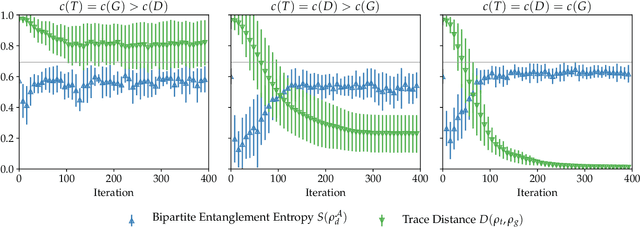


Abstract:Adversarial learning is one of the most successful approaches to modelling high-dimensional probability distributions from data. The quantum computing community has recently begun to generalise this idea and to look for potential applications. In this work, we derive an adversarial algorithm for the problem of approximating an unknown quantum pure state. Although this could be done on universal quantum computers, the adversarial formulation enables us to execute the algorithm on near-term quantum computers. Two parametrized circuits are optimized in tandem: One tries to approximate the target state, the other tries to distinguish between target and approximated state. Supported by numerical simulations, we show that resilient backpropagation algorithms perform remarkably well in optimizing the two circuits. We use the bipartite entanglement entropy to design an efficient heuristic for the stopping criterion. Our approach may find application in quantum state tomography.
Learning hard quantum distributions with variational autoencoders
Jul 02, 2018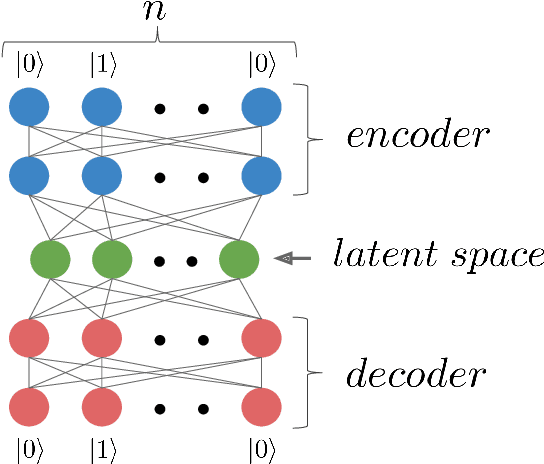

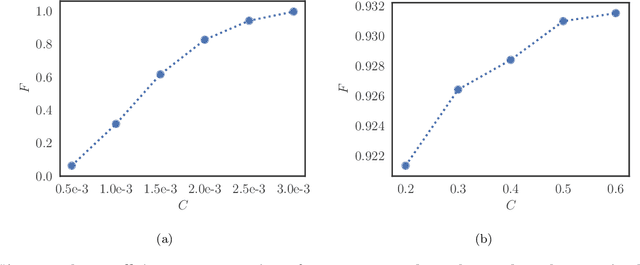
Abstract:Studying general quantum many-body systems is one of the major challenges in modern physics because it requires an amount of computational resources that scales exponentially with the size of the system.Simulating the evolution of a state, or even storing its description, rapidly becomes intractable for exact classical algorithms. Recently, machine learning techniques, in the form of restricted Boltzmann machines, have been proposed as a way to efficiently represent certain quantum states with applications in state tomography and ground state estimation. Here, we introduce a new representation of states based on variational autoencoders. Variational autoencoders are a type of generative model in the form of a neural network. We probe the power of this representation by encoding probability distributions associated with states from different classes. Our simulations show that deep networks give a better representation for states that are hard to sample from, while providing no benefit for random states. This suggests that the probability distributions associated to hard quantum states might have a compositional structure that can be exploited by layered neural networks. Specifically, we consider the learnability of a class of quantum states introduced by Fefferman and Umans. Such states are provably hard to sample for classical computers, but not for quantum ones, under plausible computational complexity assumptions. The good level of compression achieved for hard states suggests these methods can be suitable for characterising states of the size expected in first generation quantum hardware.
* v2: 9 pages, 3 figures, journal version with major edits with respect to v1 (rewriting of section "hard and easy quantum states", extended discussion on comparison with tensor networks)
Compact Neural Networks based on the Multiscale Entanglement Renormalization Ansatz
Apr 03, 2018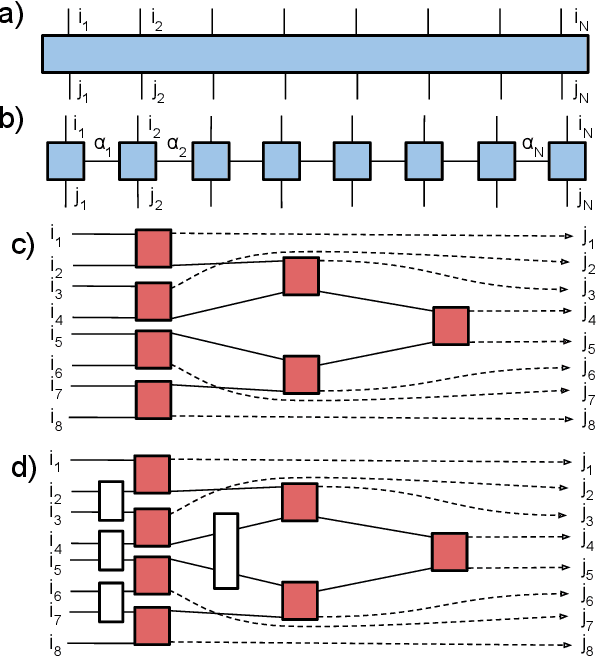



Abstract:This paper demonstrates a method for tensorizing neural networks based upon an efficient way of approximating scale invariant quantum states, the Multi-scale Entanglement Renormalization Ansatz (MERA). We employ MERA as a replacement for the fully connected layers in a convolutional neural network and test this implementation on the CIFAR-10 and CIFAR-100 datasets. The proposed method outperforms factorization using tensor trains, providing greater compression for the same level of accuracy and greater accuracy for the same level of compression. We demonstrate MERA layers with 14000 times fewer parameters and a reduction in accuracy of less than 1% compared to the equivalent fully connected layers, scaling like O(N).
Predicting and visualizing psychological attributions with a deep neural network
Dec 24, 2016
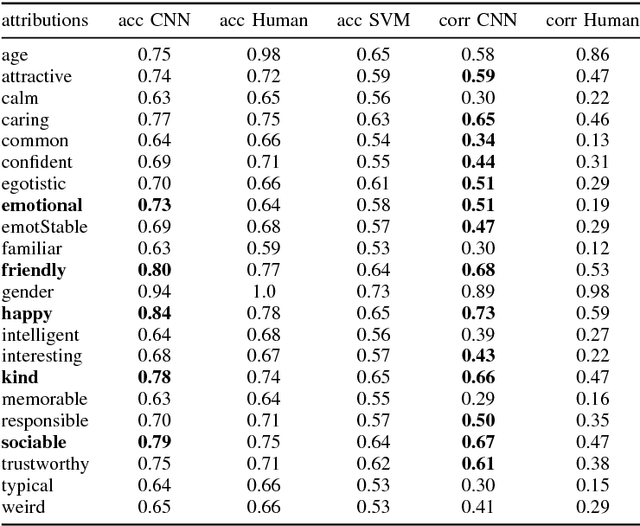
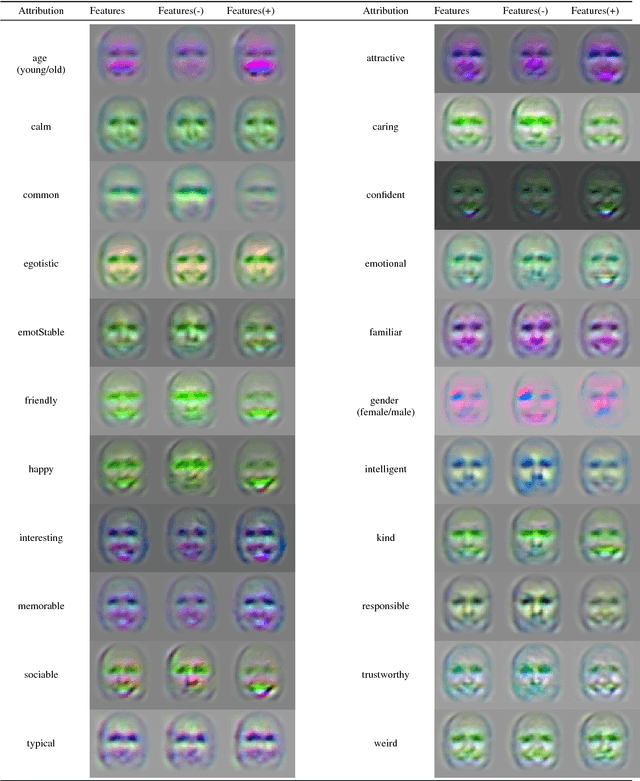
Abstract:Judgments about personality based on facial appearance are strong effectors in social decision making, and are known to have impact on areas from presidential elections to jury decisions. Recent work has shown that it is possible to predict perception of memorability, trustworthiness, intelligence and other attributes in human face images. The most successful of these approaches require face images expertly annotated with key facial landmarks. We demonstrate a Convolutional Neural Network (CNN) model that is able to perform the same task without the need for landmark features, thereby greatly increasing efficiency. The model has high accuracy, surpassing human-level performance in some cases. Furthermore, we use a deconvolutional approach to visualize important features for perception of 22 attributes and demonstrate a new method for separately visualizing positive and negative features.
Deep disentangled representations for volumetric reconstruction
Oct 12, 2016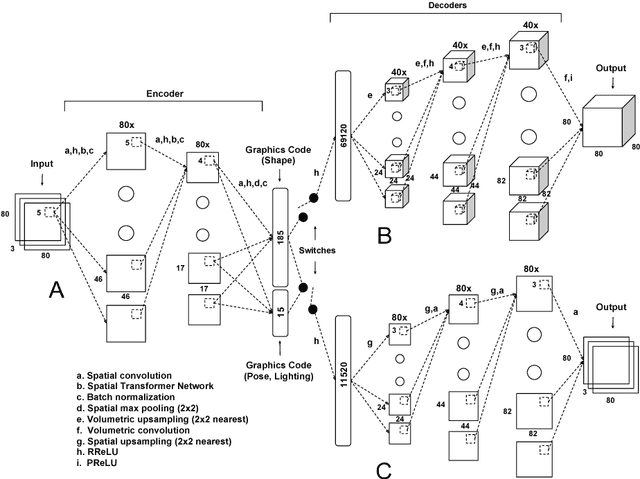
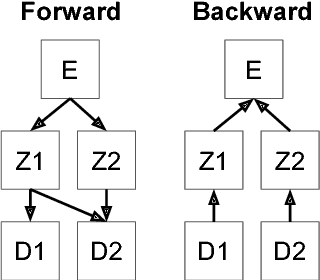
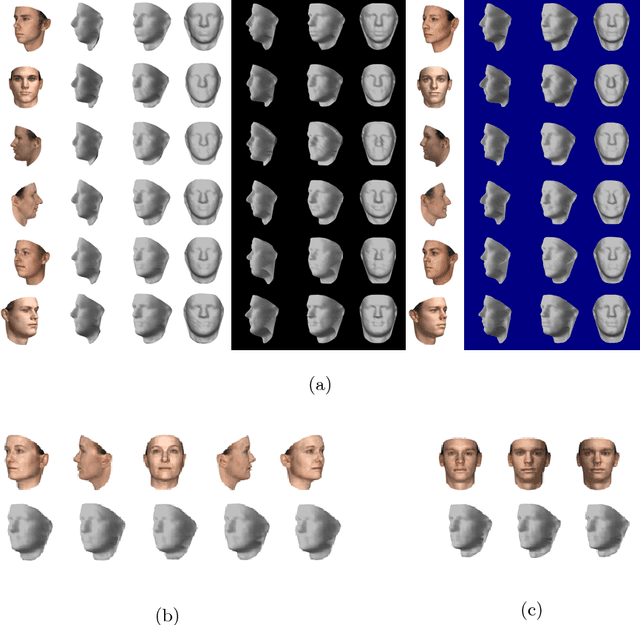
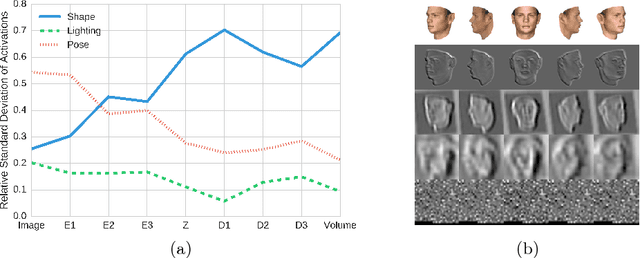
Abstract:We introduce a convolutional neural network for inferring a compact disentangled graphical description of objects from 2D images that can be used for volumetric reconstruction. The network comprises an encoder and a twin-tailed decoder. The encoder generates a disentangled graphics code. The first decoder generates a volume, and the second decoder reconstructs the input image using a novel training regime that allows the graphics code to learn a separate representation of the 3D object and a description of its lighting and pose conditions. We demonstrate this method by generating volumes and disentangled graphical descriptions from images and videos of faces and chairs.
 Add to Chrome
Add to Chrome Add to Firefox
Add to Firefox Add to Edge
Add to Edge